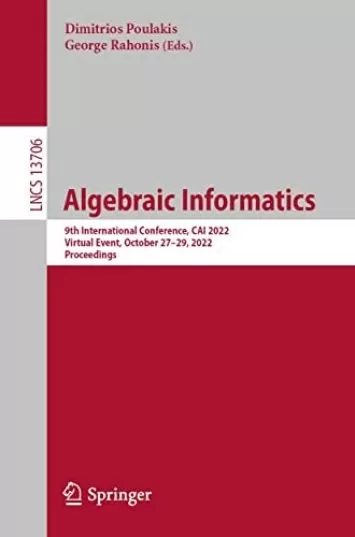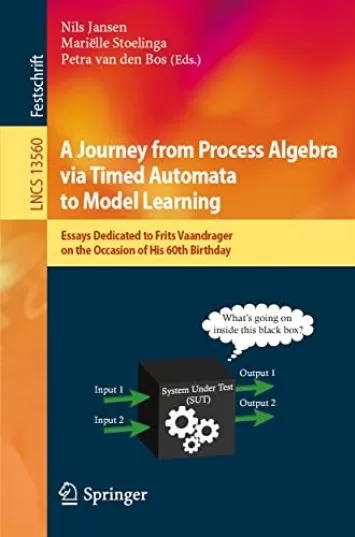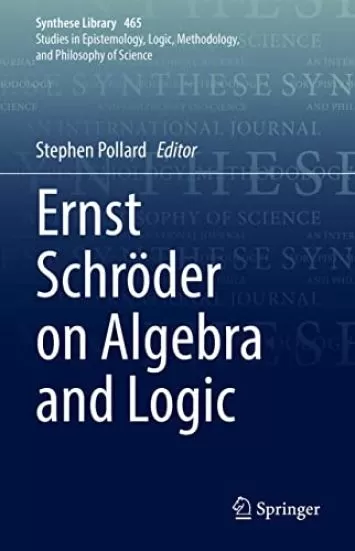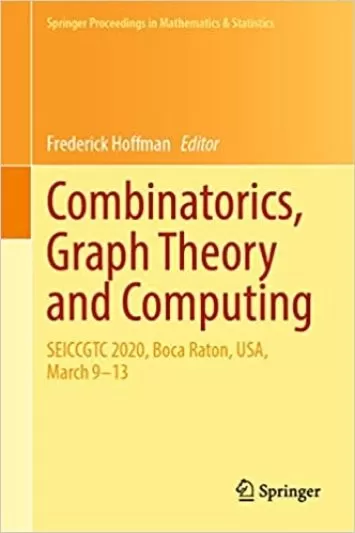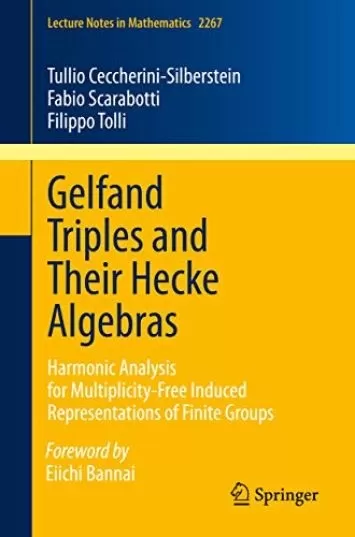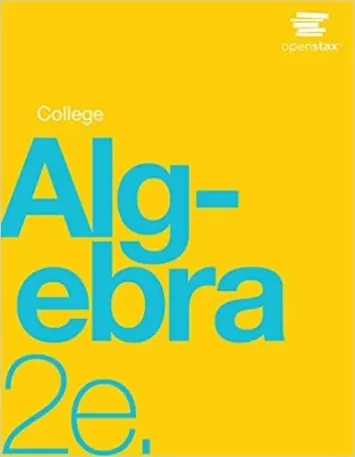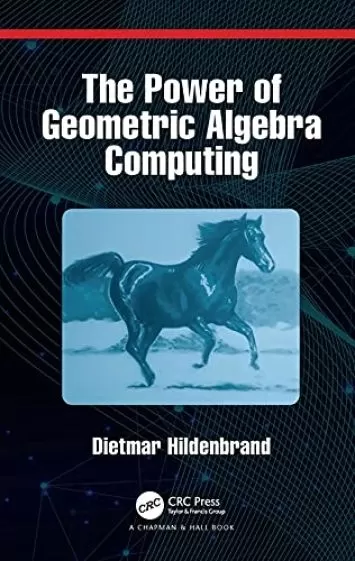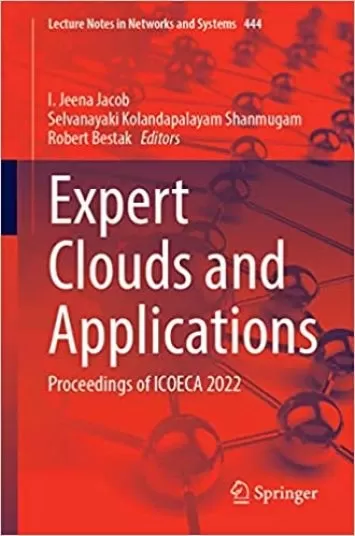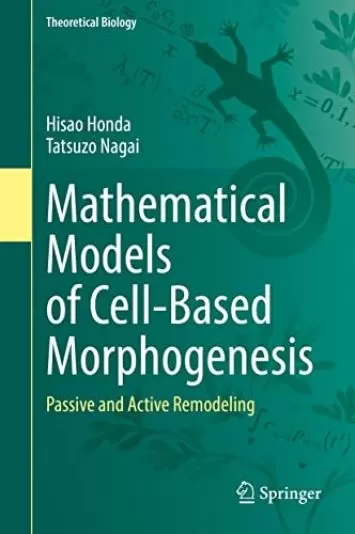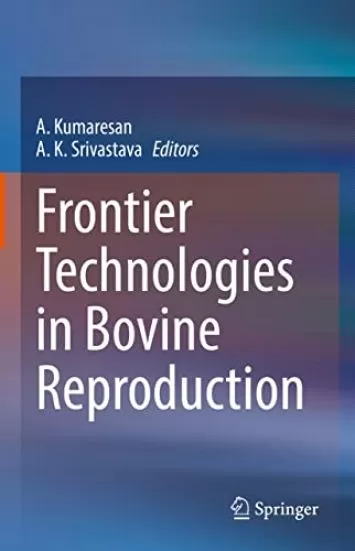
Robert Recorde: Tudor Polymath, Expositor and Practitioner of Computation (History of Computing)
Category
Author
Publication
Springer
Review
From the reviews:
This volume primarily consists of a very detailed examination of Recordes four major mathematical books. For the graduate student in the history of mathematics, this thorough and detailed work would be valuable. (M. D. Derk, ACM Computing Reviews, March, 2012)
This book fills a gap in historical biography that has existed for far too long. The majority of the chapters describe Recordes life and career, but four are devoted to the description and analysis of his four mathematical works for which he is most famous. an excellent book. I can recommend it. (John Denniss, The Mathematical Association of America, April, 2012)
--This text refers to an alternate kindle_edition edition.From the Back Cover
The 16th-Century intellectual Robert Recorde is chiefly remembered for introducing the equals sign into algebra, yet the greater significance and broader scope of his work is often overlooked.
Robert Recorde: Tudor Polymath, Expositor and Practitioner of Computation presents an authoritative and in-depth analysis of the man, his achievements and his historical importance. This scholarly yet accessible work examines the latest evidence on all aspects of Recordes life, throwing new light on a character deserving of greater recognition.
Topics and features:
- Presents a concise chronology of Recordes life
- Examines his published works; The Grounde of Artes, The Pathway to Knowledge, The Castle of Knowledge, and The Whetstone of Witte
- Describes Recordes professional activities in the minting of money and the mining of silver, as well as his dispute with William Herbert, Earl of Pembroke
- Investigates Recordes work as a physician, his linguistic and antiquarian interests, and his religious beliefs
- Discusses the influence of Recordes publisher, Reyner Wolfe, in his life
- Reviews his legacy to 17th-Century science, and to modern computer science and mathematics
This fascinating insight into a much under-appreciated figure is a must-read for researchers interested in the history of computer science and mathematics, and for scholars of renaissance studies, as well as for the general reader.
--This text refers to an alternate kindle_edition edition.





